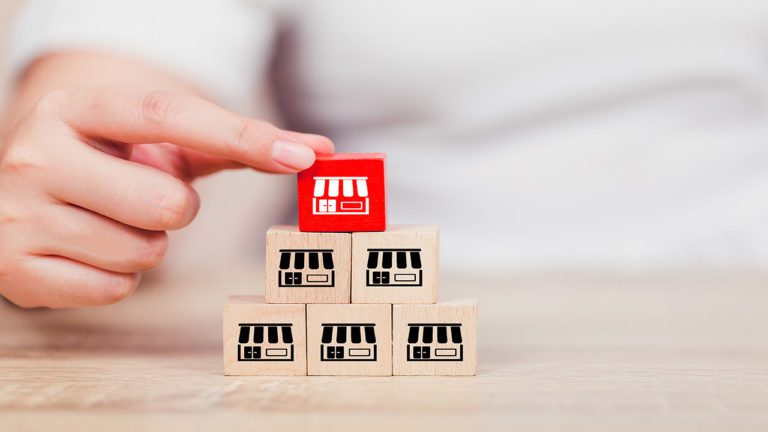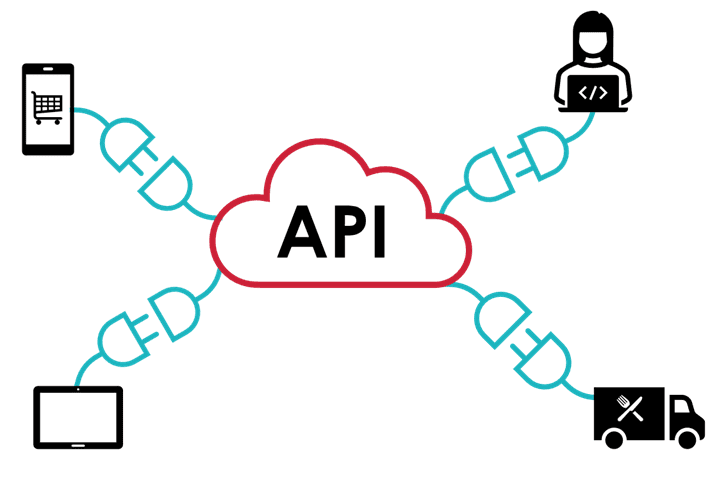In a previous blog post, we summarized the “Who, What, and Why of the API” and explained their importance in connecting restaurant technologies together, especially large enterprise restaurant tech stacks. If you need a 101 on APIs, check out that article before continuing here!
As our restaurant industry continues to adopt digital-first models, API technologies are more critical than ever. They power a broad spectrum of critical guest-facing and operational functions, from online ordering and labor management tools to data access and beyond.
The underlying technology behind APIs allows for greater simplicity and lower development effort, but please note…not all APIs are created equal. Just because you “have an API,” doesn’t mean it will function as expected, or that it’s useful as you’d like for it be.
In this article, we dive deeper into APIs, explaining more about the differences between modern & legacy architectures; how APIs impact your entire tech stack; and how they’re related to and impact your technology underlying foundation.
Typically, APIs were created for one specific purpose; that is, to facilitate a functional connection between two different applications. However, the different types of POS system architectures can have a tangible effect on APIs, and how brands manage their technology stacks.
Legacy and first-gen cloud restaurant POS systems are built using heavy code in a monolithic nature. In this software design pattern, applications are written as a single block of code, a seemingly never-ending series on lines of code. One change in the codebase can mean unexpected, downstream impacts to the functionality and stability of the entire system.

APIs written for legacy architectures are considered to be “reactive” (built after the fact to “facilitate” integrations). A major challenge is that the original database was designed exclusively to communicate with the POS client, also written by the same company, and only to provide the data needed by that POS client.
This structural reality is a major inhibitor to the effectivity of an API written atop legacy architecture and databases. In many cases, these APIs cannot adequately integrate with other APIs and systems, and even when they can, critical endpoints, data, and functionality are often missing. Plus, when an API is bolted onto a 20+ year old piece of software that it wasn’t designed to interact with, things tend to get very messy…and fast.
Essentially, a bound-together approach means that:
The overall technology stack is harder to manage (brittle)
- Systems, databases, and applications can be overloaded at peak times (unscalable)
- A waterfall management process is typically used (inefficient)
- Changes are more difficult to make and take longer to do (cumbersome)
- More effort and resources are required to manage APIs (slow/heavy/expensive)

A lighter, microservices framework
Enter a new world of APIs! It’s a world based on a foundation of lighter, open architectures that rely on containerization and future-ready software engineering. Systems that are designed and developed in this manner provide a host of benefits to both development teams and restaurants, as opposed to being designed around a particular client (POS).
A containerized approach puts APIs at the center of this type of architecture, providing the ability to quickly integrate new functionality, channels, and clients with a reduced development effort. This isn’t a particularly new concept, as most modern tech companies use this approach. However, it just happens to be rarer in restaurant technology, especially in relation to operations, orders, and hardware inside the four walls of the store.
Qu’s unified commerce platform was developed in this way, and our approach to APIs provides companies with some truly valuable business, financial, and technical benefits:
- Streamlined administration of all ordering channels and operational systems (holistic)
- Faster, enhanced ability to implement change (speed)
- Agile development and management processes (nimble)
- High-quality, easily scalable APIs that can be consumed in ways restaurants and guests haven’t even thought about yet (future-proofed)
An example of our unique and modern API approach is Qu’s next-generation cloud, which was designed and developed with the understanding that the POS is no longer the center of a restaurant’s universe. Our next-gen cloud provides stability and uptime operators need both in-store and online, to the tune of 99.99%.
Qu’s platform is intentionally designed to:
- Integrate through and consume our own robustly designed, bi-directional APIs
- Readily connect with all types of APIs, no matter the client
- Independently connected clients and terminals
- Allow data to flow freely through our core platform and products
So what does this mean for you & your restaurant chain?
The benefits derived from Qu’s flexible approach and architecture lead to tangible improvements for enterprise brands: restaurants that partner with us see higher levels of platform, product, and integration uptime, leading to more stable operations and increased guest satisfaction.
With off-premises and self-service options growing ever more popular, restaurants simply can’t afford to let the reliability issues associated with legacy architectures get in the way of stable operations and delighting guests. Additionally, systems that permit clean, transparent customer data flow drive the type of customer engagement and loyalty that make the difference between a good brand and a great one.
Qu infuses speed, agility, and innovation into restaurants, enabling them to seize new opportunities and build healthier connections with guests and employees.
Finally, the ability to successfully pivot and switch gears when business conditions and customer expectations change has never been more valuable. The pandemic has shown us that a wide range of factors can directly influence the way that restaurants need to conduct business, meaning that flexible, adaptable technology stacks can help enterprise brands not only meet a host of different challenges but also thrive amidst uncertainty.
If you’d like to learn more about modern, unified restaurant architecture, see this article on building a solid digital foundation.
